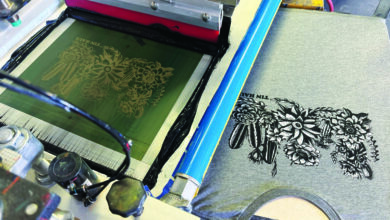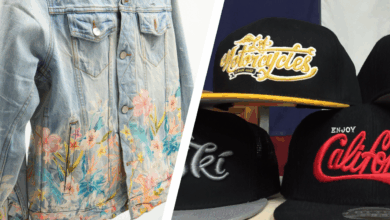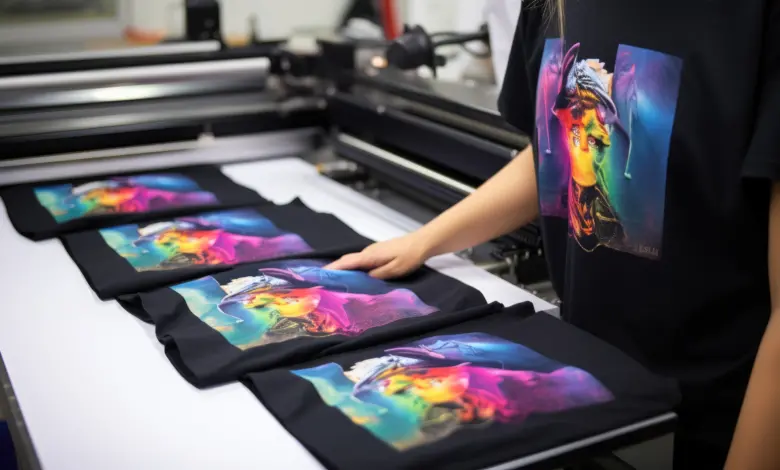
When it comes to T-shirt design in 2024, print shops can expect to see minimalist and maximalist approaches to graphics, as well as customers asking for the incorporation of images generated from artificial intelligence (AI).
“I think you’re seeing a mix of two very different styles,” says Milissa Gibson, co-owner and sales director of Lane Seven Apparel, a clothing wholesaler in Irwindale, California, and president of High Voltage Studio, a print shop and recording studio in Dripping Springs, Texas. “You’re seeing maximalist printing with bright colors and very minimalist tonal-type graphics.”
Minimalist printing can be small or large graphics, which take up the full body of the garment, and colors typically are subtle, while a maximalist approach fuses large prints with multitudes of colors and color vibrancy. Gibson calls minimalist and maximalist “the yin and yang of design.”
“It’s giving you the ability to get really bright colors you typically wouldn’t get with traditional screen printing,”
Gibson says. “It’s difficult to get a softer hand with all the different colors. [With direct-to-film (DTF)], you’re able to reduce the weight and you’re able to get more vibrancy because of the color fastness you’re able to get.”
The apparel decorating market is diversifying, too, with Generations X, Y, and Z wanting different design aesthetics.
“Generation X is going to want — they’re getting into the late ’40s and early ‘50s — more of a traditional design with a little bit more of an edge. Generation Y does, too,” Gibson said. “Millennials want retro-type prints … and lots of fonts in that category. Generation Z are all over the graphics; the streetwear look is everything.”
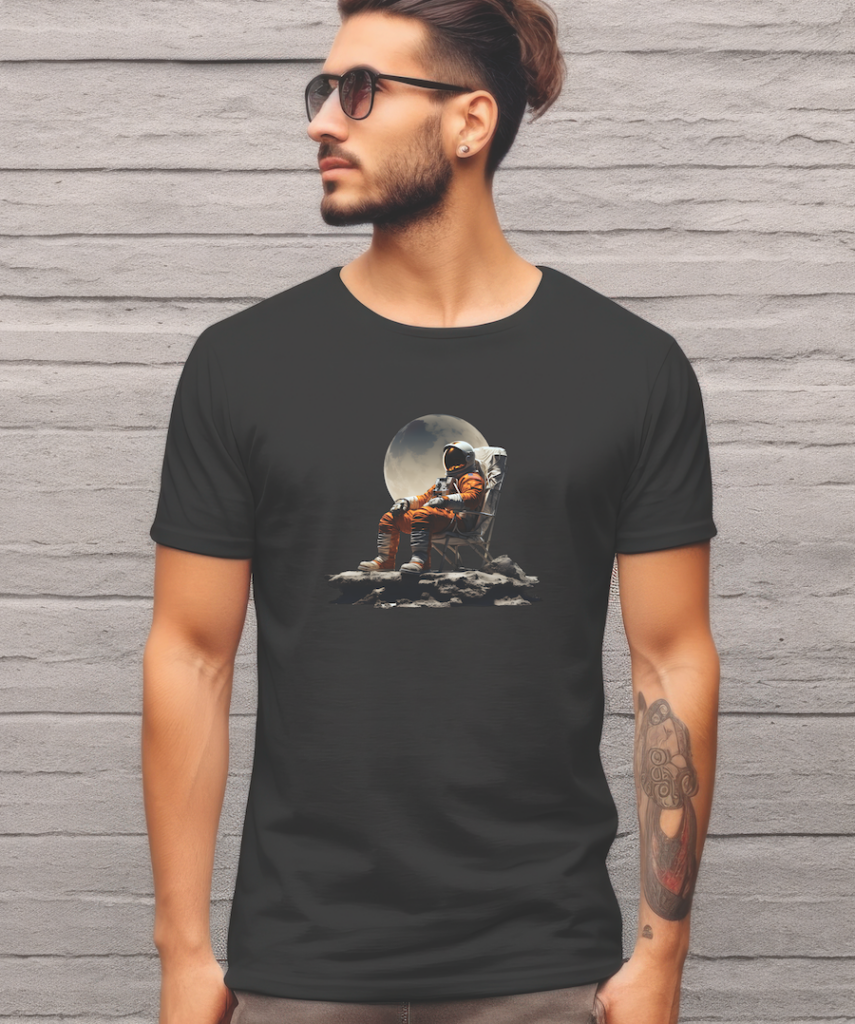 The result is a polarization in T-shirt design over the last three to five years between hyper-modern and retro looks, says Josh Kice, owner of Ink & Drink Denver, a DIY T-shirt printing bar in the Santa Fe Art District in line with the paint and sip concept. Retro favors minimalism with simple, small designs and line art, while modern takes an “everything-ism” approach, a term Kice created for maximalist designs with a collage, mixed-media feel and a nod toward street art and its social justice messaging folded into streetwear, he says.
The result is a polarization in T-shirt design over the last three to five years between hyper-modern and retro looks, says Josh Kice, owner of Ink & Drink Denver, a DIY T-shirt printing bar in the Santa Fe Art District in line with the paint and sip concept. Retro favors minimalism with simple, small designs and line art, while modern takes an “everything-ism” approach, a term Kice created for maximalist designs with a collage, mixed-media feel and a nod toward street art and its social justice messaging folded into streetwear, he says.
“It’s organic designs with a loose structure, everything all combined into one,” Kice explains.
Another expected trend in 2024 is an expansion into AI-created designs, which printers will have to learn how to navigate, Gibson states.
“Looking at artwork production with AI and transferring it to a garment will be challenging, but it’s a good challenge,” Gibson says. “You have lot of shops experimenting and playing around with it now. You’re seeing customers start to dabble in that as well. Who can replicate AI artwork, and what methods are going to be best for that?”
AI involves a great deal of photorealism, which is difficult to duplicate in print,
Gibson says.
“It looks like it’s a photo, but it’s all computer-generated,” Gibson explains. “Photorealism is challenging. It has lots of colors — a four-color process — and different printing methods than spot printing, which is good. The game needs to be elevated.”
Also trending in 2024 will be more embroidery in the screen-printing process, with images stitched directly into the garment, and simulated patches to decorate in places normally not receiving attention, Gibson says.
As far as materials, printers are expected to increase their use of water-based inks in 2024. The inks have been around for decades, but ink manufacturers have eased the procedures, plus the inks create a great hand, or “almost no hand at all,” Gibson states.
“We’re seeing a demand for sustainable but not seeing the actual acquisition of products,” Gibson says. “A lot of times it’s because of the price point — buying sustainable is expensive … two to three times the price of a normal garment.”
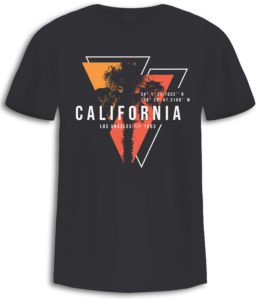 Plastisol ink also can be considered sustainable because of its shelf life and the fact it can be reused, Gibson says. “We try to do our best to recycle and be minimal and conservative of energy use,” Kice states.
Plastisol ink also can be considered sustainable because of its shelf life and the fact it can be reused, Gibson says. “We try to do our best to recycle and be minimal and conservative of energy use,” Kice states.
Kice uses plastisol at Ink & Drink for the classes there, where customers can experience the screen-printing process, selecting from 35 designs or bringing in their own, while also having access to a full-service bar. The plastisol can sit on the printing screens, not requiring a water reclaim, and excess ink can be reused, unlike with water-based ink that evaporates. The screens also can be cleaned weekly as opposed to several times a night.
Ink & Drink favors water-based ink for customer orders, which consist primarily of breweries and distilleries and is not the primary function of the business.
“There’s a little bit more of a creative feel to the experience of manually putting ink through a screen onto their own shirt versus hitting print and the printer is printing onto the T-shirt,” Kice says.
A common perception is that apparel decorating consists of simply printing the image onto a garment. But it’s much more involved and requires a great deal of knowledge, which he wants to show through his experiential business, explains Kice.
“It gives this industry a chance to be priced at the level it’s worth for the work put in,” Kice states. Gibson recommends that print shops focus on sales and address any inefficiencies in operations in 2024, such as unnecessary costs and extra time spent on set up and take down of equipment. Technology also may assist with the operations, such as employing Zapier, which uses AI to help automate workflow or marketing and customer relationship management platforms.
“The less repetitive tasks you do, the more efficient you become. It lets you focus on the actual work,” Gibson says. “It’s going to be challenging this next year — the market reverted back to normal. It’s been a fun ride the last four years, but the ride has come to a halt.”
During and post-COVID, print shops saw order numbers increase, but now orders are returning to pre-pandemic levels, Gibson states. Customers are spending the same amount of money on higher-value garments and are purchasing fewer units. What likely won’t change in 2024 is the printing processes used in apparel decorating.
“Traditional screen printing will forever and always be king, since it’s so cost-effective,” Gibson says. “Direct-to-garment for a medium to smaller shop is incredibly difficult and costly to maintain and produce. The consumables you make are [just] not profitable.”
